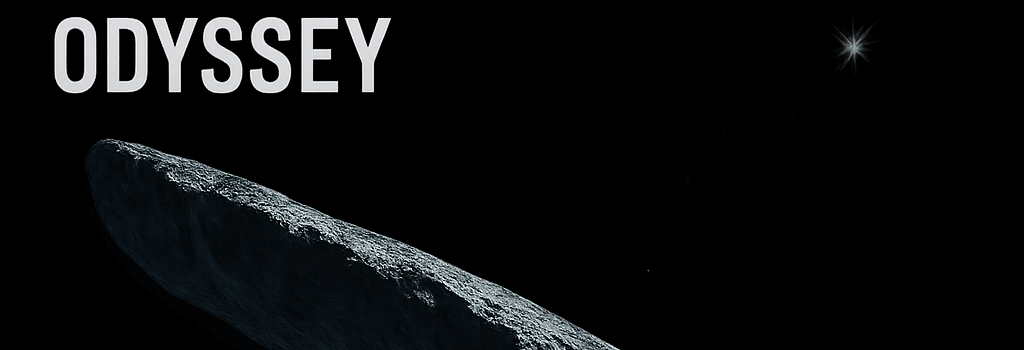Astronomers Confirm Third Interstellar Visitor: A11pl3Z’s Odyssey

Discovery and Initial Confirmation
A growing buzz in the astronomy community surrounds a newly identified object on a hyperbolic trajectory toward the inner Solar System. Early on July 2, 2025, the European Space Agency (ESA) announced that the body, provisionally designated A11pl3Z, exhibits a trajectory inconsistent with bound Solar System objects. ESA’s Planetary Defence Coordination Office deployed a global network of optical and radar telescopes to characterize its motion and rule out any potential impact threat.
“ESA’s Planetary Defenders are observing the object, provisionally known as A11pl3Z, right now using telescopes around the world,” the ESA Operations account shared on Blue Sky.
Orbital Dynamics and Trajectory Analysis
Data from the University of Arizona’s Catalina Sky Survey indicate that A11pl3Z has an eccentricity of approximately 6.0, far exceeding the hyperbolic threshold of 1. Its current heliocentric distance is near 5.2 AU, just inside Jupiter’s orbit, and it is predicted to reach perihelion at about 1.6 AU—just inside Mars’ orbit—in October 2025. Preliminary estimates suggest an inbound hyperbolic excess velocity (v∞) of ~30 km/s, reinforcing its interstellar provenance.
Key Orbital Parameters
- Eccentricity (e): 6.0 ± 0.1
- Perihelion distance (q): ~1.6 AU
- Inclination (i): ~23° relative to the ecliptic plane
- Hyperbolic excess speed (v∞): ~30 km/s
- Current Distance: ~5.2 AU
Spectral Composition and Physical Characteristics
Follow-up spectroscopy performed at the Very Large Telescope (VLT) and Keck Observatory reveals a moderately red-sloped spectrum in the visible range, akin to D-type asteroids and some Kuiper Belt Objects. Near-infrared observations using NASA’s Infrared Telescope Facility (IRTF) aim to detect potential water-ice signatures or organic compounds.
“The red coloration hints at complex hydrocarbons on the surface, but we cannot yet rule out volatile ices beneath a dust mantle,” says Dr. Elena Martinez, a planetary scientist at Caltech.
Future Observation Campaigns
A global campaign is underway to secure high-resolution imaging and radar echoes. Key assets include:
- James Webb Space Telescope (JWST): Mid-infrared spectroscopy to probe thermal emissions and constrain size and albedo.
- Vera C. Rubin Observatory: Deep imaging to refine the object’s light curve and rotation period.
- Goldstone Solar System Radar: Direct ranging for shape modeling and surface roughness estimates.
Implications for Interstellar Science
The detection rate of interstellar objects (ISOs) is poised to increase dramatically with upcoming survey facilities. Rubin Observatory is expected to discover 5–10 ISOs per year once at full sensitivity. Each new visitor provides unique insight into other planetary systems’ formation processes, composition diversity, and dynamical histories.
Lessons from Past Visitors
- ‘Oumuamua (1I/2017 U1): A non-cometary body with unusual acceleration, speculated to be monolithic or porous.
- 2I/Borisov (2019 Q4): A bona fide comet with a well-defined coma and gas production rates similar to Solar System comets.
As A11pl3Z sweeps through, astronomers will compare its physical and chemical traits against these two pioneers to build a census of interstellar interlopers.
Technological Readiness and the Path Forward
The rapid mobilization of multi-wavelength facilities underscores the importance of automated detection pipelines and international coordination. Machine-learning algorithms within the ESA’s Space Situational Awareness programme and NASA’s Center for Near Earth Object Studies (CNEOS) have been critical in flagging A11pl3Z’s hyperbolic arc in real time.
While A11pl3Z poses no hazard to Earth—our planet will be on the opposite side of the Sun at perihelion—the mission to study it represents a milestone in planetary science. With each new ISO, humanity gains a window into the materials and processes that shaped distant star systems.